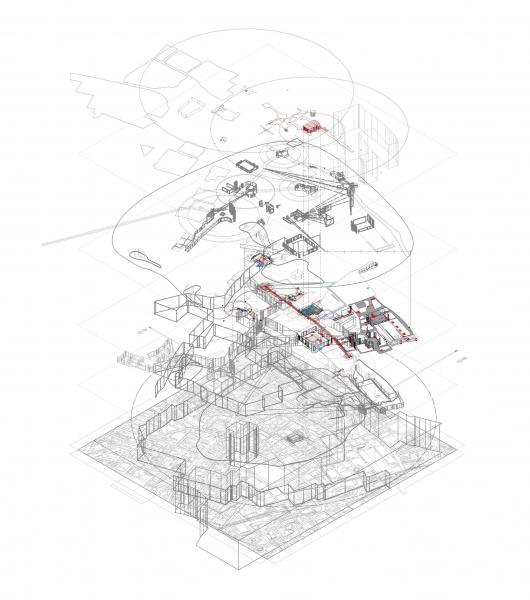Diploma 10 has scanned three contrasting cities, compared them and proposed complex spatial interventions that directly affect the live realm of the city and transform the urban fabric.
In Scan 1, we deployed a 1x1km perimeter, centred on Old Street Roundabout, to isolate an arbitrary part of London, which we reinterpreted as a spatial construct defined by the themes of conflict, control, exchange, fiction, groups, life, power, structures, space and time. For Scan 2, we used a similar-sized area in Amsterdam, which focuses solely on the live or direct dimensions of city, and we responded with a series of constructed situations recorded in videos and text. Using an equivalent perimeter in Scan 3, we immersed ourselves in the over-saturated live realm of politically charged Cairo and, on our return, created a spontaneous physical model, articulated by a soundtrack of individual narratives, to reconstruct this complex situation. Informed by the three scans, the proposed physical and social transformations of Scan 1 posit these questions:
Can broadcasting be used as an architectural tool to hijack the frozen land of Bishopsgate Goods Yard?
Is it possible to distort the boundary of a high street to change the habits and interactions of its users?
Can we elevate the public realm away from the ground level to provide a more vertical experience of the city?
Are we able to retrofit value into the fabric of Old Street to facilitate the micro-economy of Tech City?
Could we reclaim the Pitfield Estate for the city to create common ground for different social groups?
How can fiction be materialised to question vacancy in an empty site?
Would a fragmented system of learning blur the boundary between educational institutions and the city’s fabric?
Can we propose structures that accommodate the need for uncertainty within prime real estate?
Is it possible to play with the concept of indeterminacy on land that is facing redevelopment?
Would physical interventions, a perception of fear or a common administrative structure unite the estranged Golden Lane and Peabody Estates?
Unit Master
Carlos Villanueva Brandt
Workshops
Scan 2, Amsterdam, Jan Willem Petersen
Scan 3, Cairo, Nick Simcik-Arese and Jan Willem Petersen
Technical, Alex Warnock-Smith Gensler, Lukasz Platkowski, Valeria Tregovia Trigueros, Trevor To and Harry Cliffe-Roberts
Peter Sagar
In Transition
In the City Fringe strategy area directly north of the city of London, a group of adaptable structures and spaces are proposed which respond to the rapidly changing physical and social fabric of the old street vicinity. Through changes to their physical fabric, these structures deliberately facilitate an undefined number of uses and levels of occupation, which are not defined by preconceived programme.
The structures’ fragmented organisation encourages multiple levels of ownership, tenancies and short-term, transient occupation, discouraging the dominance of a single stakeholder and promoting the proposed space as one between the common territory of the city and the typically private interior of architectural space.
The indeterminate, un-programmed nature of the proposed structures responds to the area’s emerging trend of property speculation and high levels of investment associated with the politicisation of the Tech City cluster, rejecting the notion of a pre-defined and ‘branded’ urban situation, suggesting instead that the city is dependent upon a degree of uncertainty and that it’s life is dependent upon it’s capacity for unanticipated change.
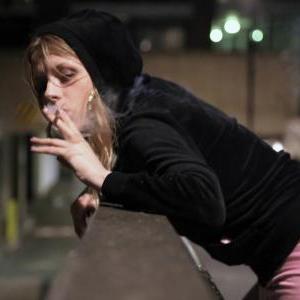
.jpg)
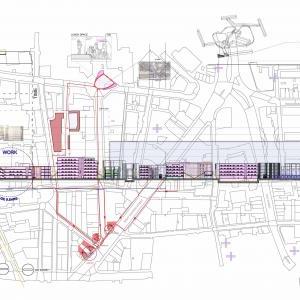
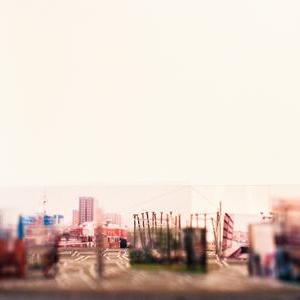

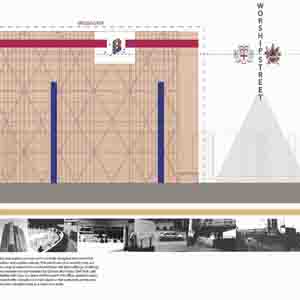
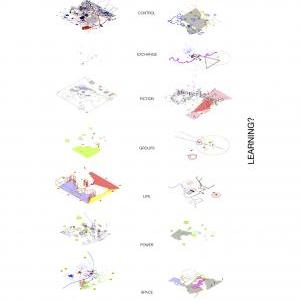
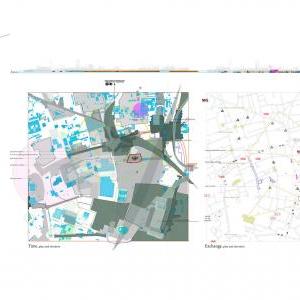
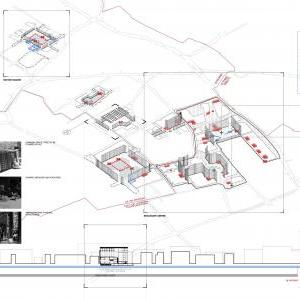

















































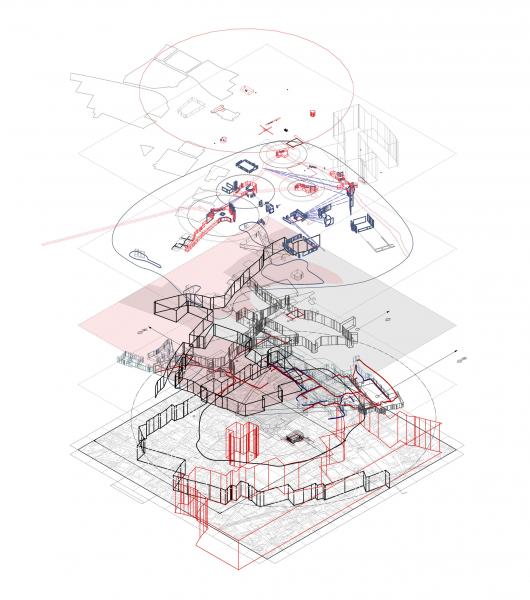


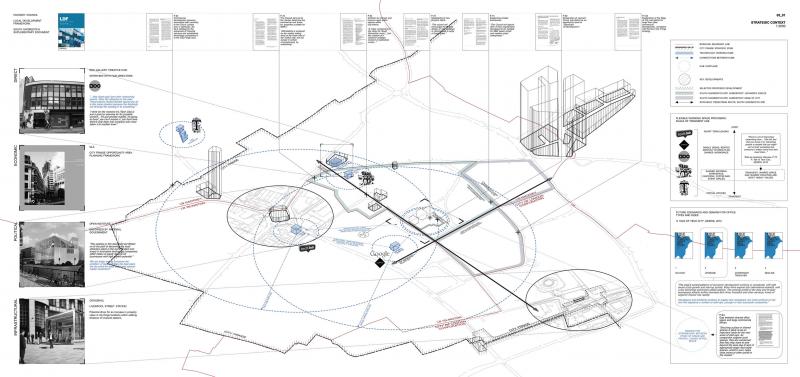
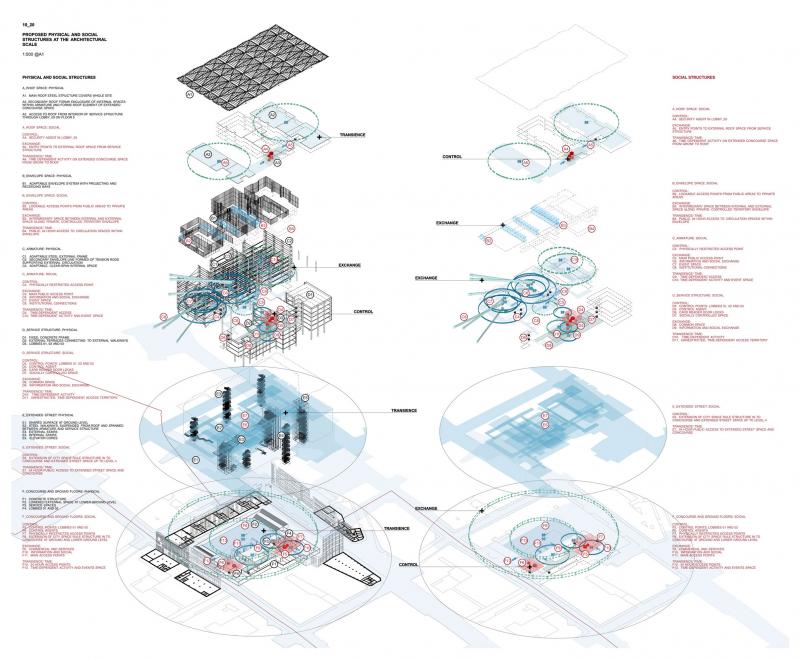
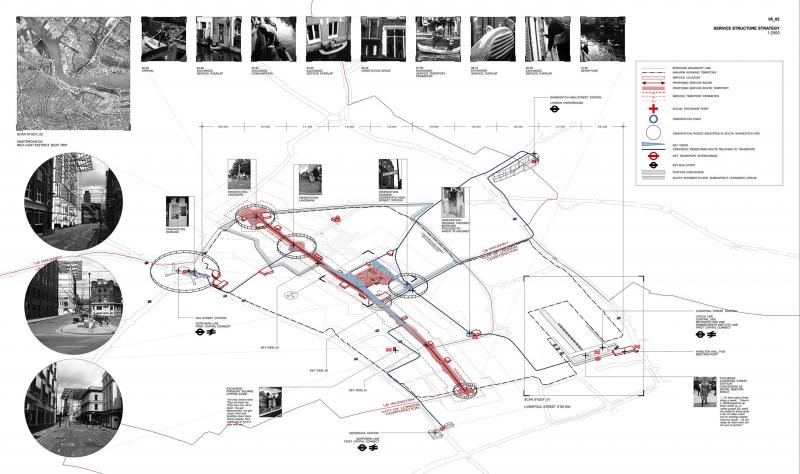
130619_R.jpg)


